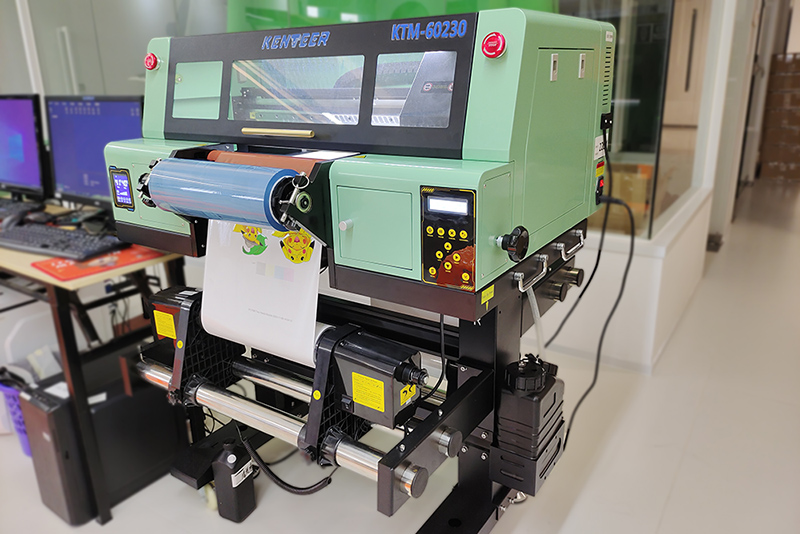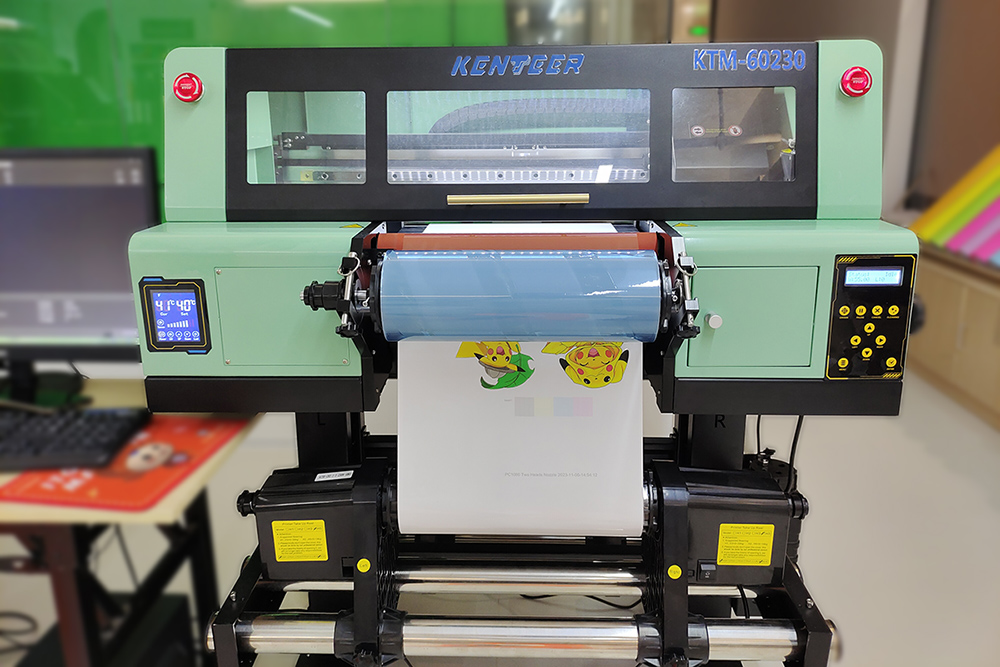When facing fading issues with a UV printer, where colors are experiencing loss or fading over time, there are several troubleshooting steps you can take to address the problem. Here's a guide to help you:

1. Verify Ink Quality and Freshness:
- Ensure that you are using high-quality UV inks that are suitable for the specific printer and substrate you are using. Check the expiration date of the ink cartridges or bottles to ensure they are fresh. Using expired or low-quality inks can contribute to color fading.
2. Check Print Settings and Color Profiles:
- Review the print settings and color profiles used in your print jobs. Ensure that they are properly configured for the specific substrate and ink being used. Incorrect settings or profiles can result in color inaccuracies and potentially contribute to fading over time.
3. Evaluate Substrate Compatibility:
- Confirm that the substrate you are printing on is compatible with UV printing and the specific ink being used. Some substrates may not be designed for UV printing or may require additional pre-treatment to ensure proper adhesion and color retention. Consult the manufacturer's recommendations for substrate compatibility and preparation.
4. Assess UV Lamp Intensity:
- UV printers use UV lamps to cure the ink. If the UV lamp intensity is too low or uneven, it can result in insufficient curing of the ink, leading to color fading. Check the UV lamp intensity settings and ensure they are properly calibrated. If necessary, consult the printer's user manual or contact technical support for guidance on adjusting the UV lamp intensity.
5. Monitor Printer Maintenance:
- Regular maintenance of the UV printer is crucial for optimal performance and color accuracy. Clean the print heads, capping stations, and other components according to the manufacturer's guidelines. Ensure that the printer is properly calibrated and that all necessary firmware or software updates have been applied.
6. Evaluate Environmental Factors:
- Environmental conditions can affect the longevity of UV prints. Excessive heat, humidity, or exposure to direct sunlight can contribute to color fading. Ensure that the printing environment is controlled and maintained within recommended ranges. Consider using UV-resistant coatings or laminates to protect prints from external factors.
7. Test Different Color Profiles and Calibration:
- Experiment with different color profiles and calibration settings to achieve accurate and vibrant colors. Consider performing color calibration using color management tools or software recommended by the printer manufacturer. This can help ensure consistent and accurate color reproduction.
8. Consult Manufacturer's Support:
- If the fading issues persist after attempting the above troubleshooting steps, it is advisable to contact the manufacturer's technical support for further assistance. They can provide specific guidance based on the UV printer model and help diagnose and resolve the fading problem.
It's important to follow the manufacturer's instructions and guidelines for troubleshooting and maintenance specific to your UV printer model. Regular monitoring, maintenance, and proper ink and substrate selection are essential for minimizing color fading and ensuring long-lasting print quality.

